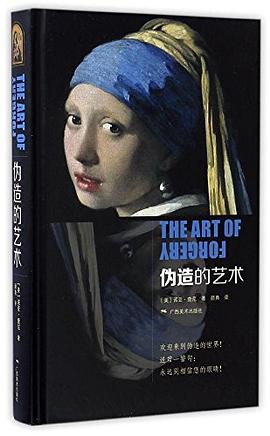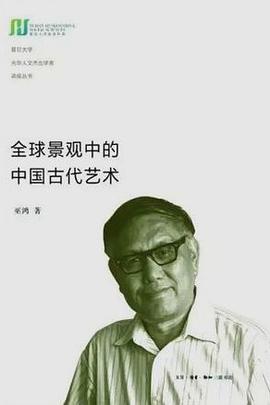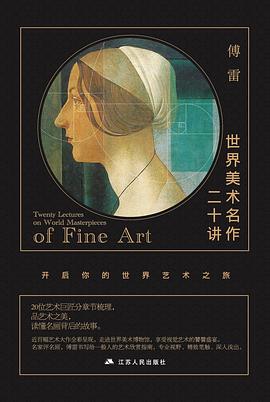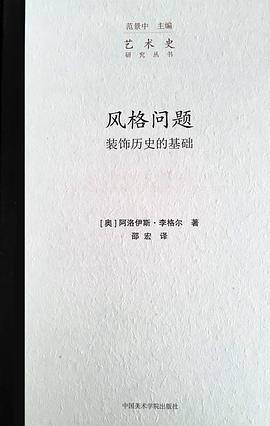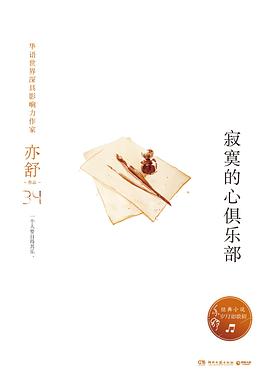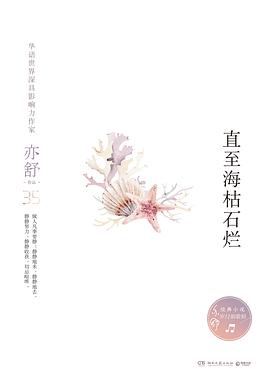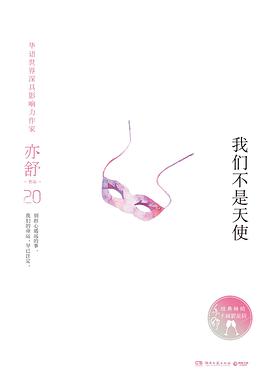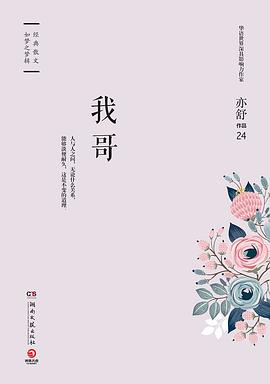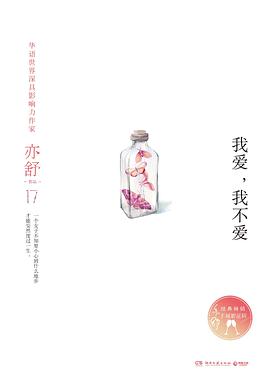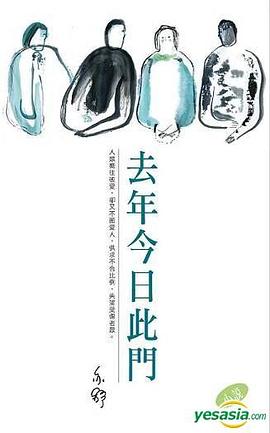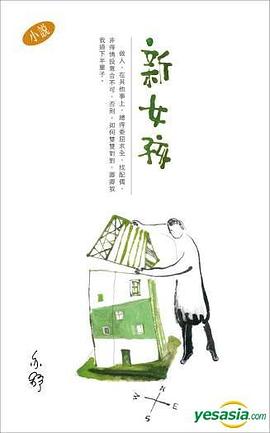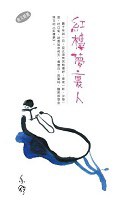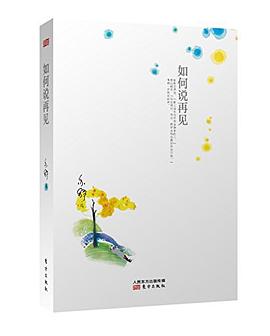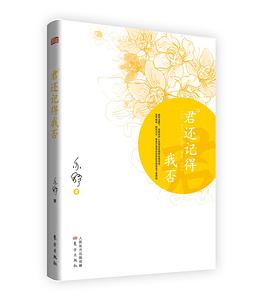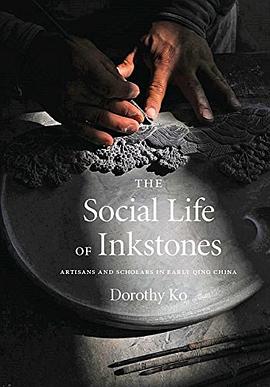

Conventions
Chinese Dynasties and Periods
Map of China
Introduction
1. The Palace Workshops: The Emperor and His Servants
2. Yellow Hill Villages: The Stonecutters
3. Suzhou: The Crafts(wo)man
4. Beyond Suzhou: Gu Erniang the Super-Brand
5. Fuzhou: The Collectors
Epilogue: The Craft of Wen
Appendix 1: Inkstones Made by Gu Erniang Mentioned in Textual Sources Contemporary to Gu
Appendix 2: Inkstones Bearing Signature Marks of Gu Erniang in Major Museum Collections
Appendix 3: Members of the Fuzhou Circle
Appendix 4: Textual History of Lin Fuyun's Inkstone Chronicle (Yanshi)
Appendix 5: Chinese Texts
Notes
Glossary of Chinese Characters
References
Index
· · · · · · (收起)
具体描述
An inkstone, a piece of polished stone no bigger than an outstretched hand, is an instrument for grinding ink, a collectible object of art, a token of exchange between friends or sovereign states, and an inscriptional surface on which texts and images are carved and reproduced. As such the inkstone is entangled with the production of elite masculinity and the culture of wen (culture, literature, civility) in China, Korea, and Japan for over a millennium. Curiously, this ubiquitous object in East Asia is virtually unknown in Europe and America.
The Social Life of Inkstones introduces its hidden history and cultural significance to scholars and collectors and in so doing, writes the stonecutters and artisans into history. Each of the five chapters is set in a specific place in disparate parts of the empire: the imperial workshops in the Forbidden City, the Duan quarries in Guangdong, inkstonecarving workshops in Suzhou and elsewhere in the south, and collectors’ homes in Fujian. Taken together, they trace the trajectories of the inkstone between court and society, and through the course of its entire social life. In bringing to life the people involved in making, using, collecting, and writing about the inkstone, this study shows the powerful emotional and technical investments that such a small object engendered.
This first book-length study of inkstones focuses on a group of inkstone carvers and collectors, highlighting the work of Gu Erniang, a woman transitioned the artistry of inkstone-making to modernity between the 1680s and 1730s. The sophistication of these artisans and the craft practice of the scholars associated with them announced a new social order in which the age-old hierarchy of head over hand no longer predominated.
用户评价
##这本书的最具启发的不在于“士人(式)工匠”和“士人(式)学者”在认知论层面上的冲突和竞争或其隐约指向的清代思想史转型,而是通过在本体论层面上将“知识”作为一个分析类别批判性地解/构,历史学家得以借由新的认知论——无论是历史的还是当代的——回应一些已经被规范化的“传统”史学问题,其中自然包括如何处理书中征引的零碎史料。当然这些事人类学家早都说过了……至于书本身,不是教职书的写法或曰心态,很难不写得舒缓从容。
评分##完整读一遍还是有很大收获的,材料组织能力非常值得学习。回过头来说,仍然是个非常史家的视角,一方面是科学史和对工匠群体的关注,另一方面是一种很历史向的物质文化观察(福州那章里谈ownership的部分可以和Renata Ago写罗马的研究对读)。虽是关注砚台,但最后似乎还是更多落在砚台勾连起的人际社会关系上,对实物本身多方位的进一步追究大概就要算艺术史家的工作了。另外这种multi-sited biography的写法还可以在方法论上再做检讨,尤其是当同种框架落实到全球尺度上该如何来做,所谓biography还是应该实验多种写法是更好的。
评分##砚石的专有名词和很多历史知识不懂读得很粗,喜欢作者优雅细致剥皮拆解的笔触,非人后人的女性阐释视角真的很舒服,砚石是开放的文本,是沟通不同所属“内”“外”的通道。
评分##逐字逐句啃完的第一本英文专业书
评分##Intro. & Conclusion,中间部分待看詹镇鹏译本。和薛凤的《工开万物》接起来会很好玩,高认为Fujian groups这群“士-匠人”对待技术实作的态度比宋应星更激进:宋只是借技术实作阐述自己的政治理念和哲学观(更像是一种宇宙观吧),他们则是通过在体化占领了匠人技艺(刻砚台)。继而她提到这也许和艾尔曼“从理学到朴学”里提到乾嘉考证学派的兴起有关。这三本书因此联动起来。这样的观点也展现了她一贯的想象力。“文之艺”这一知识型的提法也有很意思,再次搅乱诸多二元论,比如士人/匠人,知/行,道/器,以及男/女——高明显的个人标记。但不得不说,结论部分想说得太多,确实需要很多研究“to substantiate it”。对艾约博的引用有错误,他说的技能不是既在体又社会联结。
评分##希望快出中文版
评分##中文版怎么能这么贵!
评分##砚石的专有名词和很多历史知识不懂读得很粗,喜欢作者优雅细致剥皮拆解的笔触,非人后人的女性阐释视角真的很舒服,砚石是开放的文本,是沟通不同所属“内”“外”的通道。
评分##某大佬评价此书unfinished哈哈哈
相关图书
本站所有内容均为互联网搜索引擎提供的公开搜索信息,本站不存储任何数据与内容,任何内容与数据均与本站无关,如有需要请联系相关搜索引擎包括但不限于百度,google,bing,sogou 等,本站所有链接都为正版商品购买链接。
© 2025 windowsfront.com All Rights Reserved. 静流书站 版权所有



